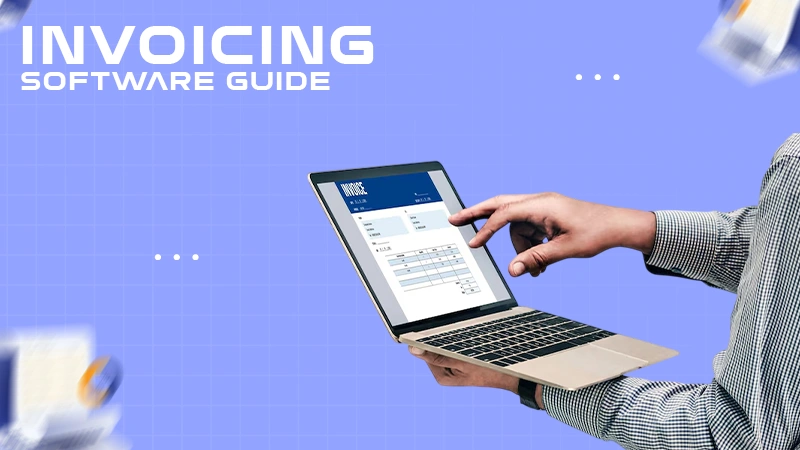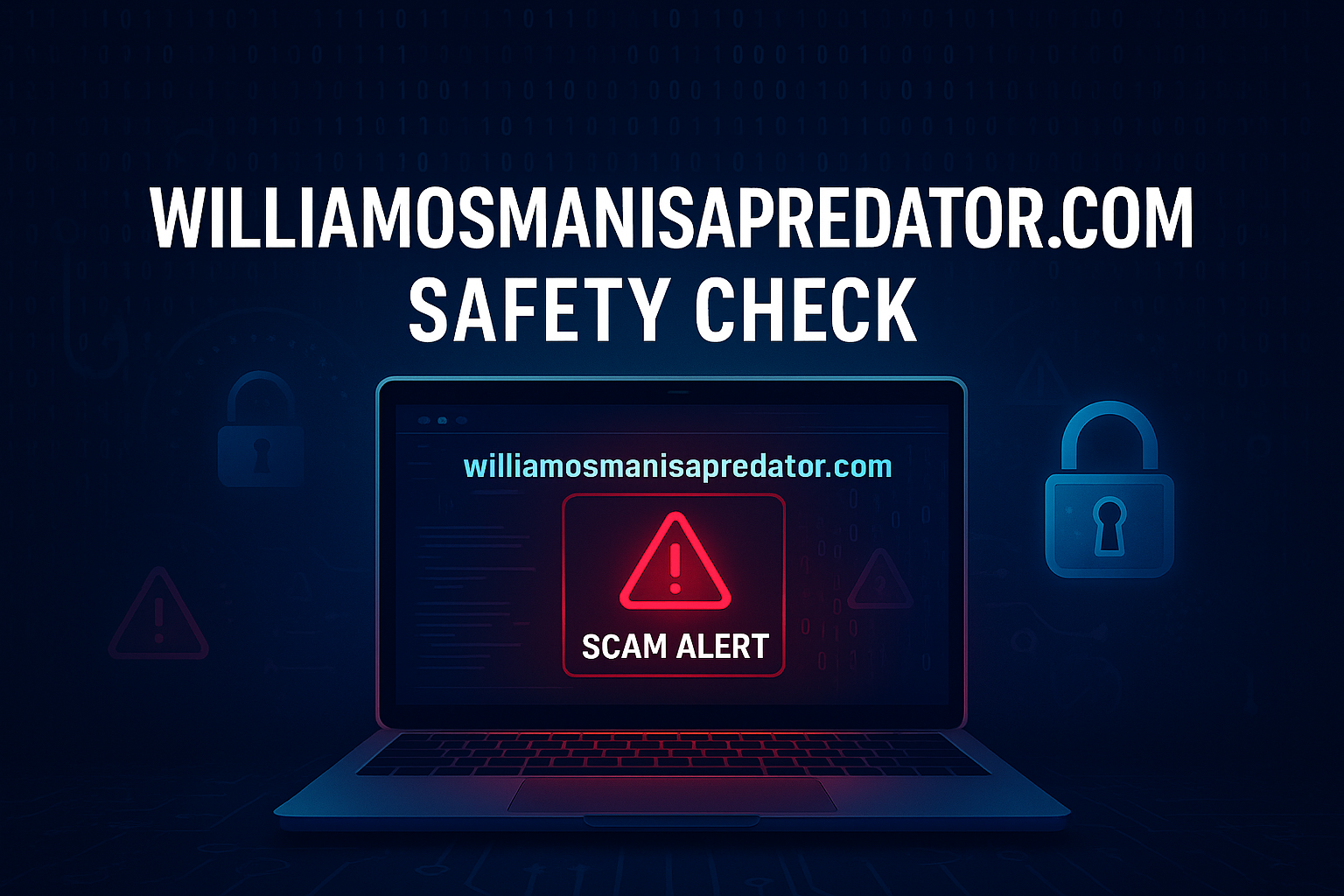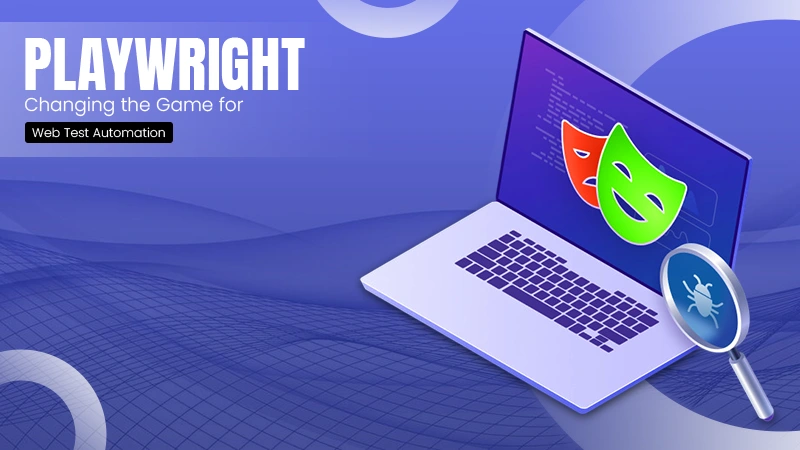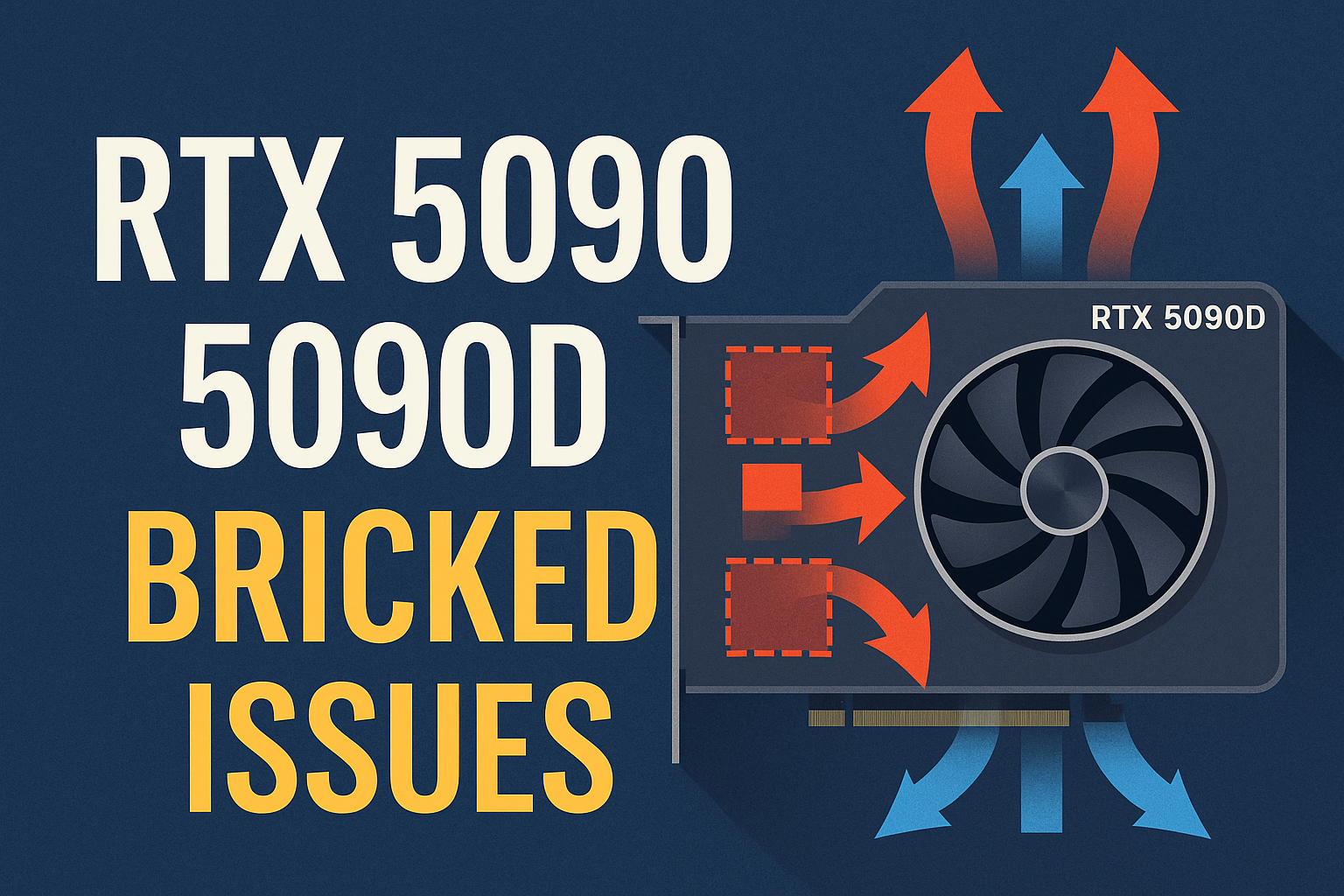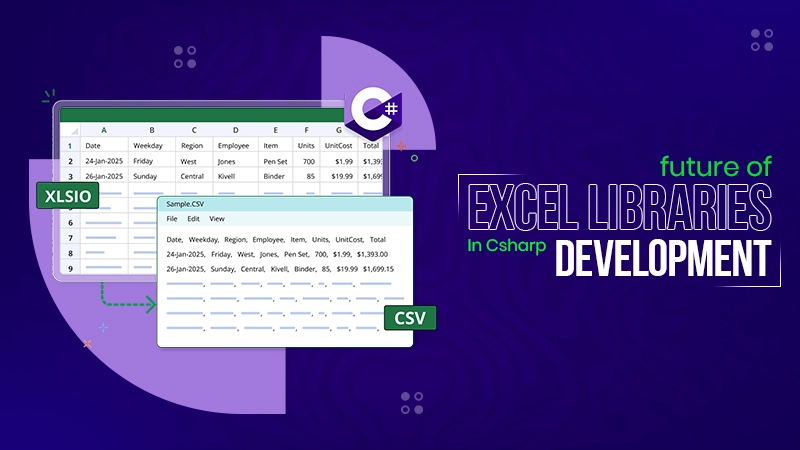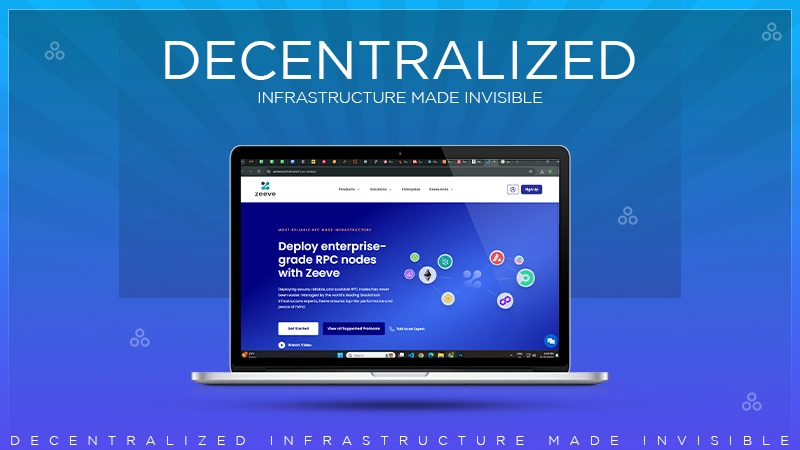
In the growing world of online video, many media companies and content providers are choosing white-label online video solutions to power their streaming services. The decision to enter the over-the-top (OTT) market is no longer a question of if, but how.
Today, this scenario has changed fundamentally. Instead of building a platform from scratch, service providers can license a ready-made white label OTT platform – a full-featured online video service that they can brand as their own, significantly reducing time to launch and reducing development costs.
This model offers the best of both worlds: a strong, battle-tested technical foundation combined with the freedom of complete brand and audience ownership. This article explains why so many video platforms are taking the white-label route.
KEY TAKEAWAYS
- White-label platforms eliminate months of development and huge upfront capital investment.
- Providers get full ownership of the viewing experience.
- The platforms offer built-in, flexible monetization models, and advertising is perfectly aligned to their brand goals.
- The white-label vendor handles complex infrastructure, updates, scaling, and device compatibility.
What Is a White‑Label Online Video Platform?
A white-label platform is a ready-made online video service that can be fully customized with a company’s own branding and features. The idea comes from “white-label” products in other industries: a blank template that companies can transform into their own.
In practice, this means that a provider provides the core platform, which is already equipped to handle live channels, an on-demand library, with a variety of built-in monetization models. User management, while the client adds its own name, logo, content layout, and domain.
This model makes it possible to launch a professional video service quickly, even without deep technical expertise. The provider takes care of the complex infrastructure – from video delivery to app development. So companies don’t need to build everything from scratch or maintain an in-house engineering team.
For video operators, the biggest advantage is ownership of the brand experience. Viewers interact with your app, catalog of shows and visual identity without even seeing the technology partner behind it.
In a market where direct audience relationships are critical, a white-label online video platform offers the best of both worlds: a robust technical foundation combined with the freedom to present it entirely as your own.
Faster Launch, Lower Costs, and Less Technical Headache
One of the strongest advantages of a white-label video platform is speed. Building a custom video platform can take months of development, an entire engineering team, and significant investment.
A white-label solution, by contrast, is ready out of the box. With minimal customization, operators can focus on curating and launching shows very quickly – a significant advantage in a market where time is of the essence.
Cost savings go hand-in-hand with speed. Licensing an existing platform avoids the heavy upfront expense of building your own and replaces it with predictable fees.
Because the provider maintains and updates the technology for many customers, infrastructure and R&D costs are spread across a broad base, lowering the barrier to entry for operators of all sizes.
Full Branding and Ownership of the Viewer Experience
A major reason platforms choose a white-label solution is the ability to control their brand and audience relationship. Distributing shows on third-party sites means building someone else’s ecosystem. A white-label platform, by contrast, puts your brand front and center with custom apps and websites that reflect your identity.
This isn’t just cosmetic. A fully branded service builds credibility and strengthens market presence, while giving you full control over audience data, pricing and programming decisions.
You’re free to set subscription models, run promotions, or release shows on your own schedule – without algorithms or external policies dictating the experience. Monetization is equally flexible.
Operators can choose subscriptions, pay-per-view, or advertising, often with built-in tools to manage them. Unlike social platforms, where unrelated ads can appear, a white-label service ensures that advertising is tailored to your goals. In short, it keeps control of brand, revenue, and user experience where it belongs – with you.
Focus on Content and Growth, Not Infrastructure
White-label solutions let providers focus on programming and growth while offloading technical complexity. The platform manages delivery, updates, scaling and device support, so operators can focus on curating shows and building audiences.
Scalability is built in. A reliable white-label service can handle traffic spikes for live events, expand to new devices, or add features like offline viewing without a rebuild. This flexibility keeps the platforms operational in a rapidly changing market, without constant reinvestment in infrastructure.
Conclusion
More video providers are turning to white-label video platforms because they balance speed, control, and scalability. This enables rapid launches, full brand ownership, flexible monetization, and easy ad delivery through server-side insertion.
For video businesses, it offers a practical way to grow with confidence. This provides a professional, consistent experience for viewers while supporting long-term success.
What exactly is a white-label OTT solution?
It is a ready-made, full-featured online video service licensed from a technology provider, offering viewers customization through its proprietary streaming platform.
Do white-label platforms limit my choice of monetization model?
No, white-label solutions are typically built with flexible monetization options that allow you to mix and match as needed.
Do I need an in-house engineering team to run a white-label service?
No, a major advantage is that the platform provider manages the complex technical infrastructure.


